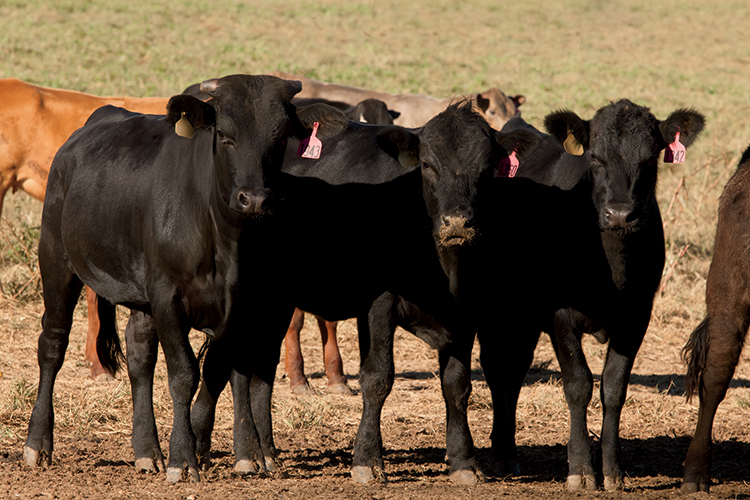Home > Montana > Montana Crops & Livestock > The Meat of It
The Meat of It

It all started in 1864 with Henry Sieben, a German immigrant who came to Montana at age 17. Over the course of a few decades, he started buying oxen and running free-range cattle. Today, his legacy lives on at Sieben Ranch as the fourth and fifth generations contribute to Montana’s high-quality beef industry.
“We’ve learned what works and what doesn’t work. We also know what it takes to get the job done in terms of labor, time and equipment,” says Scott Hibbard, fourth-generation rancher at Sieben Ranch.
Cattle ranching seems to run in the family. They have a robust knowledge of how to best work the land, including which parts of the ranch to use throughout the year and which breeds are best for the natural environment.
Hibbard has found that growing up with parents and grandparents involved in the business provides a different motivation.
“There is a legacy that we honor as well as the land, wildlife and agricultural resources,” he says.
When it comes to producing high-quality beef, there are a number of factors that Hibbard credits, including quality forage, an abundant water supply and natural shelters. He also stresses that proper animal handling is paramount.
“We are serious about low-stress livestock handling – working with the animal instead of relying on force. It makes a big difference, and in the end, the animals show it,” Seiben says.
Errol Rice, executive vice president of the Montana Stockgrowers Association, credits livestock producers, like Seiben and his family, for their contribution for the industry.
“The many multi-generational ranch families in Montana are critical to the fabric of our state’s economy,” sums up Rice. “Not only for the production of high-quality cattle, but for open space, ethics and rural values.” It’s what makes Montana’s beef a cut above the rest.
To that end, One Montana, a nonprofit organization seeking to bridge the rural-urban divide, recently finalized results from its meat processing plant feasibility study, which identified investment requirements, handling capacity and economic benefits.
“Montana has the raw inputs to make this work,” says Matt Bitz, program manager of One Montana. “We have the cattle and a growing bison industry, as well as the feed and feed lot capacity.”
“The possibility of developing a mid-sized meat processing facility in Montana is exciting,” says Rice. “The complexities of such a venture are enormous. If the economics and logistics can be figured out, I think it is a great opportunity for our beef industry and economy.”



